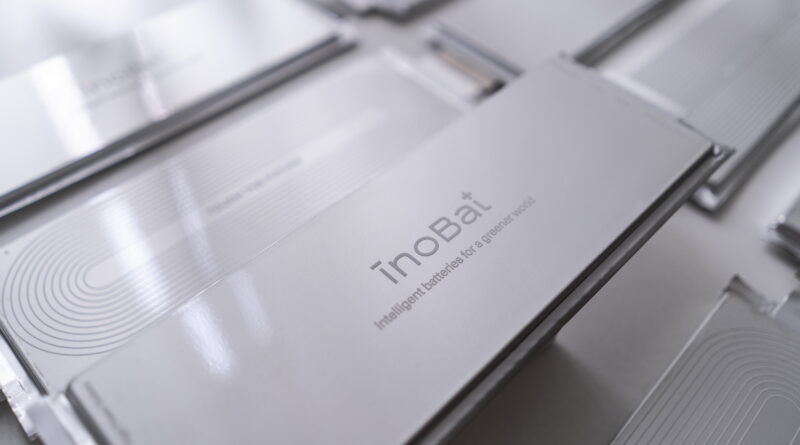EV represents largest growth sector for nickel over next 20 years
This article is based on a document that was prepared by market analyst Roskill and released by the Joint Research Centre, the European Commission’s science and knowledge service. Top of FormBottom of FormAccording to the document, automotive electrification is expected to represent the single-largest growth sector for nickel demand over the next 20 years.
The availability of suitable feedstock rather than processing capacity is the biggest “bottleneck” in the nickel sulphate supply chain and is the cause of the market potentially going into a structural deficit post-2027.
Owing to a lack of development ready nickel deposits within the EU27, increasing access to new primary nickel supply in future is likely needing to be sourced internationally. This increases the need for instead directing investment focus towards a domestic battery recycling industry to fill the gap where new supply of feedstock for producing nickel sulphate is not able to be developed internally or sourced externally.
Investment in both new primary supply and recycling is required to de-risk future supply security. To cover EU27 nickel demand from EV sales around €4.4Bn and €7.5Bn worth of investment is estimated to be required by 2030 and 2040, respectively.
Automotive electrification is expected to represent the single-largest growth sector for nickel demand over the next twenty years. Within this sector alone, Roskill forecasts global demand to increase by 2.6Mt Ni to 2040, up from only 92kt Ni in 2020.
Within the EU27, Roskill forecasts nickel demand from the automotive sector to increase by 543kt Ni, from 17kt Ni in 2020, under a base case scenario. Underpinning this growth for EU27, OEMs will increasingly utilise high-nickel cathode chemistries from the mid-to-late 2020s and throughout the 2030s.
Demand for nickel from batteries requires a high-purity chemical product (nickel sulphate), which can only be produced from suitable feedstock forms (such as Class I nickel and intermediates). Post-2030 there is limited visibility on new projects able to supply Class I and intermediate nickel products.
By this stage though nickel units available for recycling from EOL batteries are likely to become a growing source of raw materials to produce nickel sulphate. There are two tiers of this market balance that need to be considered.
On an end-use basis (EV sales) in the EU27, Roskill forecasts the EU27 has the ability to meet internal demand until 2024/25 before deficits emerge.
On a first-use basis (precursor/cathode maker), although demand is much lower, supply security of nickel is still a concern. Should a sizeable EOL recycling industry not be established, a supply deficit may form in 2027 and then remain over the rest of the outlook period.




